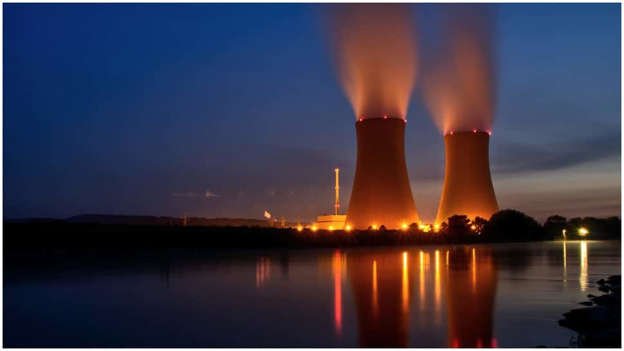Russia’s integrated nuclear power player Rosatom December 7, said that one of the critical components for the upcoming 1,000 MW nuclear power unit at Kudankulam in Tamil Nadu is under preparation in Russia.
Rosatom said its group company has started welding the upper half-vessel of the VVER-1000 nuclear reactor for the fifth unit under construction at Kudankulam.
Nuclear Power Corporation of India Limited (NPCIL), India’s nuclear power plant operator, has two 1,000 MW plants (Units 1 and 2) in Kudankulam, while four more (Units 3, 4, 5, and 6) are under construction.
All six units are built with Russian technology and equipment supplied by that country’s integrated nuclear power operator, Rosatom.
According to Rosatom, after vertical assembly of the two shells and flange, the 170-ton upper semi-vessel was towed by crane to the turner and then to the welding station, where specialists began welding the two circumferential welds.
Welding is carried out under heating at a temperature of 150-300 degrees for 22 days. After the operation is completed, the weld areas of the semi-vessel will be heated to 300 degrees.

The semi-vessel is then transferred to a heat treatment furnace to obtain the required mechanical properties of the metal.
The heating and holding process takes place at a maximum temperature of 620 degrees for three days.
The specialist will conduct a number of necessary inspections of welded joints after heat treatment. The semi-vessel will then be machined for internal corrosion-resistant overlaying in the welded areas.
The reactor is a vertical cylindrical vessel with an elliptical bottom, inside which are located the core and internals.
The top of the reactor is sealed with a casing with nozzles for outputting cables to mechanisms and controls and protection elements of the reactors installed on it and the in-reactor control sensors.
In the upper part of the vessel, there are ducts for supply and removal of coolant, as well as ducts for emergency supply of coolant when the circuit is depressed.
